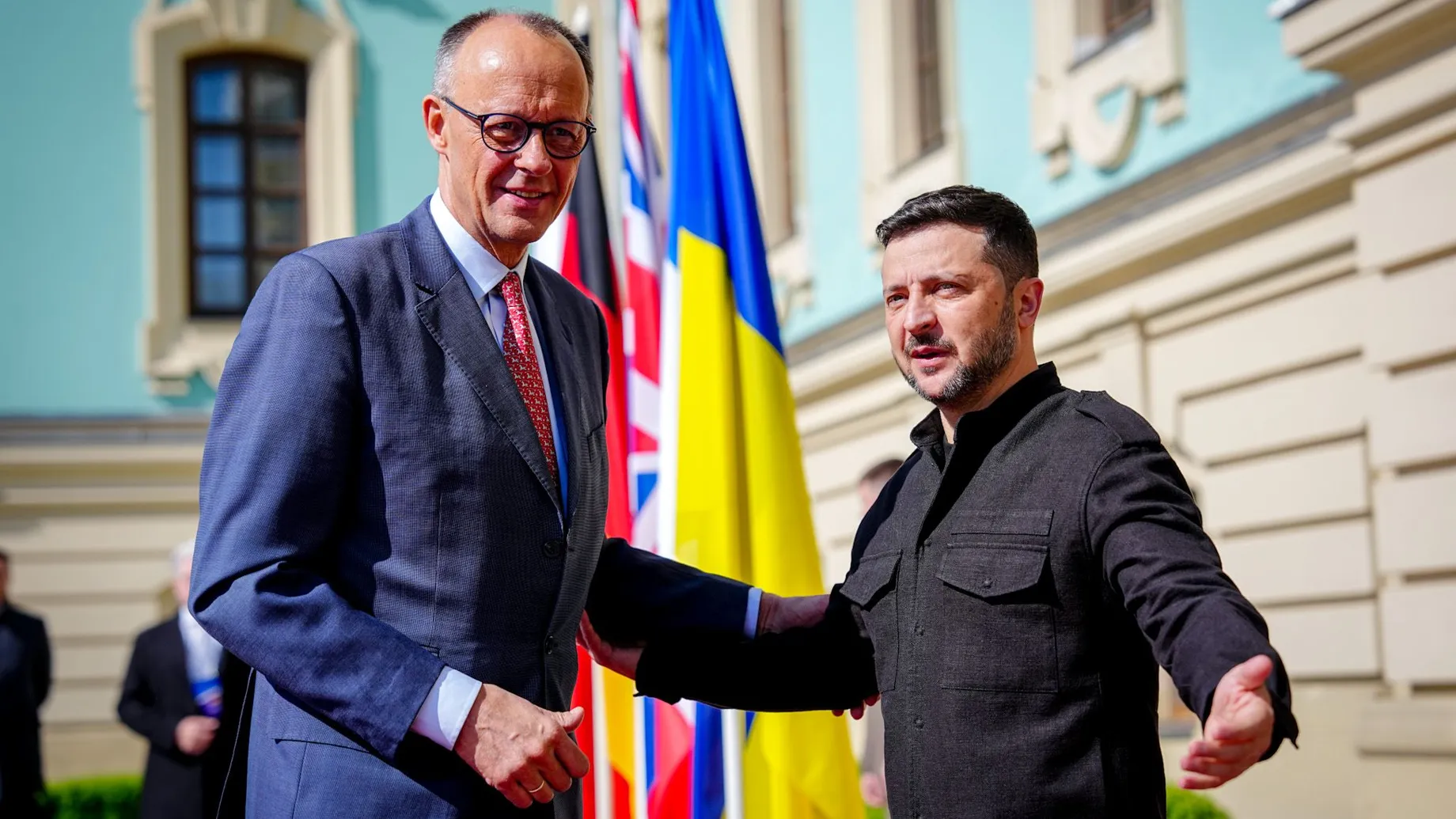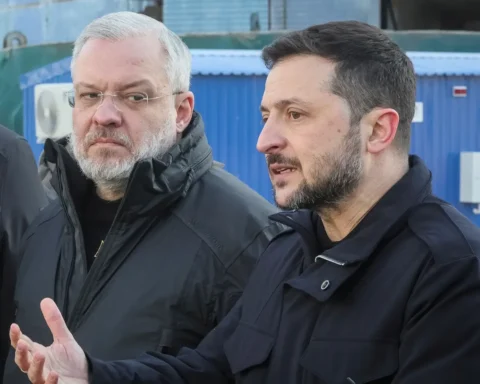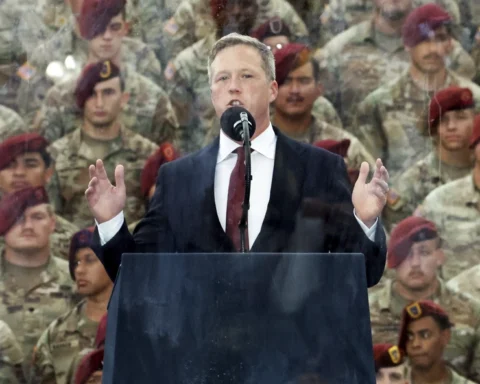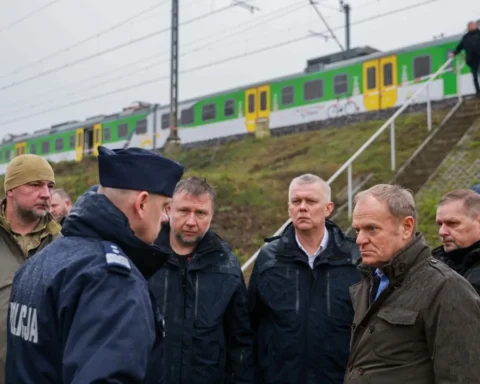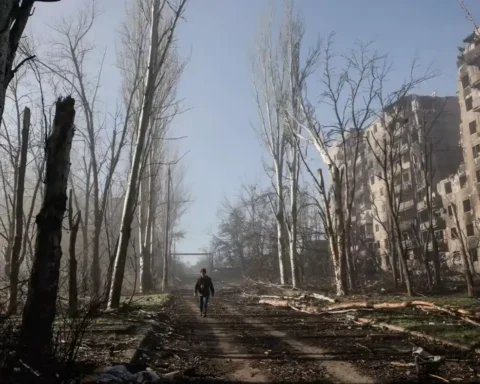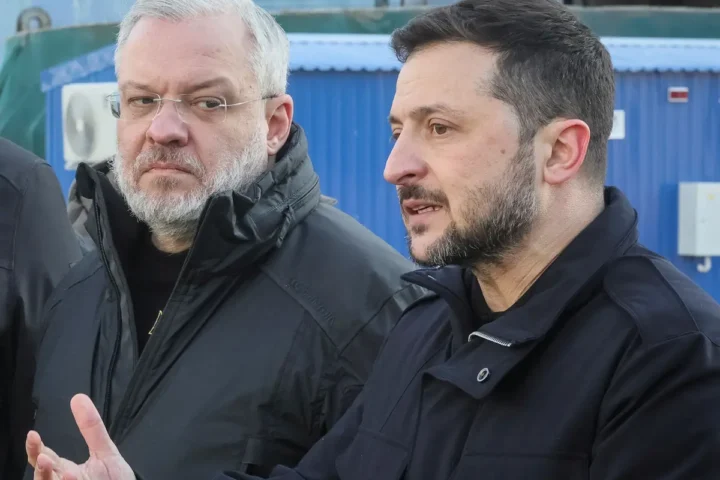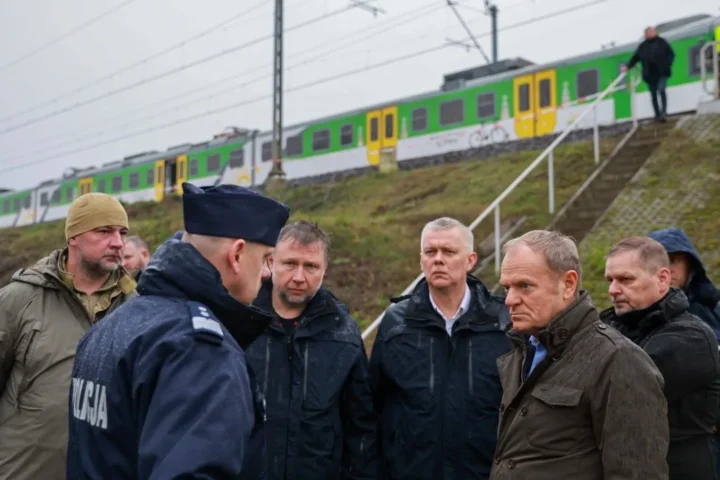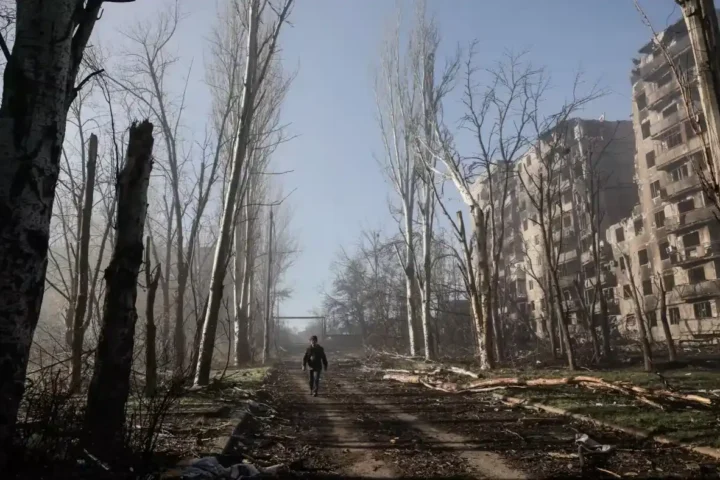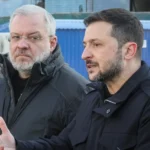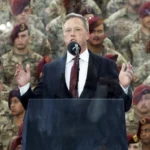Europe’s question of the day: what, exactly, will allies put on the table to back Kyiv? According to Der Spiegel, Germany is bringing a concrete package to the Paris talks—while seeking to avoid hard commitments that would put the Bundeswehr into a potential international mission.
Meeting context: Paris convenes the “coalition of the willing”
Two and a half weeks after the notable Ukraine-focused summit at the White House, European leaders are meeting in Paris to discuss the contours of security guarantees for Kyiv. French President Emmanuel Macron is hosting Volodymyr Zelenskyy at the Élysée Palace; UK Prime Minister Keir Starmer and German Chancellor Friedrich Merz will join by video link. Germany’s government spokesman Stefan Kornelius said President Donald Trump might also dial in.
Invited are members of the “coalition of the willing,” a loose grouping of more than 30 Ukraine backers led by France and the UK. A Macron adviser said Europeans will confirm they are “ready” to provide Ukraine with security guarantees and now await “concrete support” from the United States. The political message is straightforward: the allies are “not only willing and able, but genuinely prepared” to act. Yet—prepared for what, precisely? That remained hazy on the eve of the talks.
Heightened expectations—and Berlin’s sharp pushback
European Commission President Ursula von der Leyen raised expectations in an interview with the Financial Times, saying European capitals were working on “fairly precise plans” for a potential deployment of peacekeeping forces in Ukraine and that there was a “clear roadmap.” Berlin reacted bluntly.
Defense Minister Boris Pistorius said:
“These are things you do not discuss publicly before you sit down at the negotiating table with all the parties that have a say. The EU has no remit or competences whatsoever when it comes to troops. There are too many ifs and buts around a possible deployment of soldiers. Discussing this publicly at this point is totally wrong.”
Chancellor Friedrich Merz likewise cooled the peacekeeper discussion as premature:
“Right now we are helping the Ukrainian army withstand the fight against Russian aggression. Everything else can be addressed once we at least have a ceasefire. Until then there will be no troop deployments, and even afterward I would see serious reservations for the Federal Republic of Germany,” he told ProSiebenSat.1.
Brussels is jittery: the “German factor” and reputational risks
EU officials fear Germany could step back from peacekeeping ideas at the last moment. One European diplomat notes that if Berlin seeks to lead in a “strengthened Europe,” it cannot spend months in planning and then duck out. Should Germany now opt to send only money rather than troops, the reputational damage could be substantial.
Brussels believes it is now up to Europeans to keep Washington engaged. Otherwise, voices around Trump who argue the U.S. should step away from the Ukraine conflict may gain the upper hand.
What “security guarantees” mean in German terms
For Europeans, “security guarantees” do not necessarily mean ground troops. According to Der Spiegel, Germany presented U.S. Secretary of State Marco Rubio with a model built on seven foundational pillars in the national-security advisers’ channel. Some of these could yield concrete outcomes now.
At the center is building up the Ukrainian army’s capability. Berlin stresses the Armed Forces of Ukraine must first be able to secure a ceasefire or peace agreement once that becomes feasible. As Merz puts it:
“The most important security guarantee we can give right now is sufficient support for the Ukrainian army in its efforts to defend the country.”
This approach is often described in English as porcupining—turning Ukraine into a porcupine: potentially dangerous to any aggressor, maximally “spiky” and resilient, with robust defensive and adequate offensive means.
Merz’s plan: air defense + long-range strike + four brigades’ worth of kit
Per Der Spiegel, Berlin will propose in Paris to:
- Systematically reinforce Ukraine’s air defense—increasing the number of systems and their effectiveness by about 20% per year.
- Enhance Kyiv’s long-range strike—long-range precision weapons (including cruise missiles) manufactured in Ukraine with financial and technological support from partners.
- Equip four mechanized infantry brigades—roughly up to 480 tracked and wheeled armored vehicles per year, including IFVs.
Other core elements in Germany’s view are ongoing training of Ukrainian soldiers and tight integration of Ukraine’s defense industry with Europe’s. Berlin already contributes above average on these fronts and aims to do more. Additional pillars include Ukraine’s EU integration and sustained financial-economic support.
As for a German military contribution to a peace mission, Berlin does not rule it out, but sets strict conditions: a political arrangement aimed at ending the war. Until there is at least a ceasefire, officials say, it is premature; Moscow, in Berlin’s assessment, shows no movement and is instead intensifying strikes.
Two further prerequisites for any German participation:
- significant U.S. involvement; and
- domestic coalition consensus in Berlin. That amounts to three high bars—political, American, and domestic.
The U.S. role: a signal, but few details
At the White House summit, President Donald Trump held out the prospect of U.S. participation in security guarantees, according to NATO Secretary General Mark Rutte (and Trump did not contradict him). Von der Leyen likewise notes Washington has “very clearly and repeatedly confirmed” its readiness. European insiders say Trump thereby breathed new life into the coalition.
But Brussels also says Europeans must first spell out precisely what they are ready to do to underwrite peace in Ukraine; only then will Washington decide its share. Berlin is reluctant to move ahead of American guarantees: according to Der Spiegel, U.S. military interlocutors have not yet translated Trump’s political signals into concrete terms. For Germany, that is the key to any military contribution.
Berlin’s logic is straightforward: no hard pledges in advance—not before Trump extracts tangible concessions from Putin and there is a visible horizon for further meetings, for example between Zelenskyy and Putin.
Three military scenarios: from observers to an “unworkable” front-line mission
Since spring, top military officials from the “coalition of the willing” have met regularly to map out options for a mission under a future peace agreement. Participants point to three scenarios:
- Observer mission—monitor compliance with a comprehensive peace treaty. The military component is minimal and offers virtually no insurance for Kyiv; considered unlikely.
- “Reinsurance” (backstop) mission—a steep expansion of training for the AFU, with multinational instructor units deployed inside Ukraine but far from the front. The deterrent effect would be limited, but the mere presence of European soldiers is seen as a strong political backstop for Kyiv and a signal to Moscow. This would require several tens of thousands of European troops.
For Germany, this is feasible: the Bundeswehr has already designated a brigade to train Ukrainian troops in Germany and, according to military estimates, could raise annual trainee throughput from 90,000 to 150,000, provided additional personnel is allocated and training sites in neighboring countries—such as Poland—are used. - Large-scale mission to secure the front line—deployment of robust combat formations with strong air cover. The requirement would be well over 150,000 troops. Even in Paris and London, this is deemed virtually unworkable.
Paris insists: the architecture is ready—awaiting political sign-off
Despite Berlin’s caution, Macron sounded confident on Wednesday evening as he welcomed Zelenskyy at the Élysée:
“Europeans are ready to provide Ukraine with security guarantees as soon as a peace agreement is signed,” he said.
“The contributions that have been prepared, documented, and this afternoon confirmed at defense-minister level under the strictest secrecy allow us to say: the work is complete and will now be politically approved.”
It sounds as if Europe has big plans. Yet delivering them still hinges on a three-part lock: a political framework for peace, tangible U.S. participation, and domestic consensus in Berlin. Until that triad is in place, Germany’s strategy is to “make Ukraine a porcupine”: scale up air defense, extend long-range strike, localize weapons production, and train as many soldiers as possible—so that, when politics finally arrives, the army already has teeth.
This article was prepared based on materials published by Der Spiegel. The author does not claim authorship of the original text but presents their interpretation of the content for informational purposes.
The original article can be found at the following link: Der Spiegel.
All rights to the original text belong to Der Spiegel.


